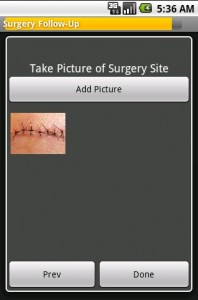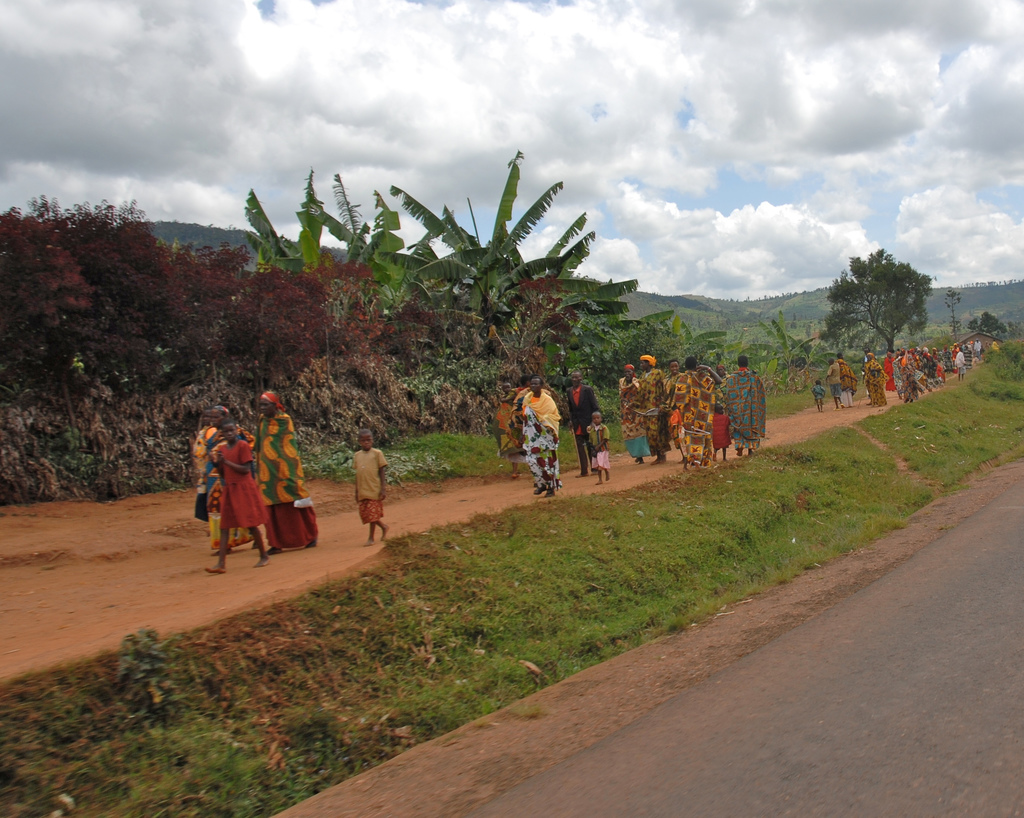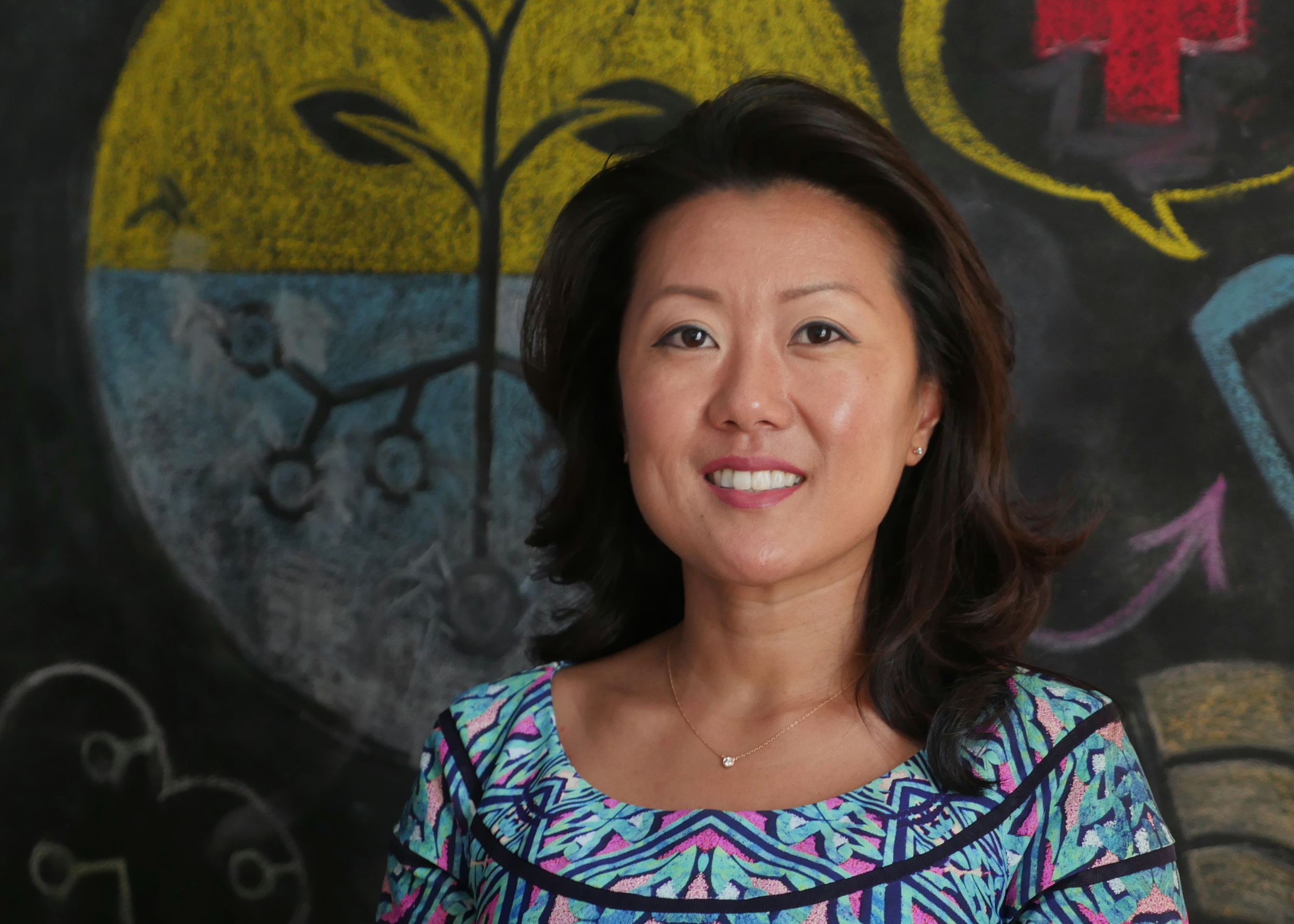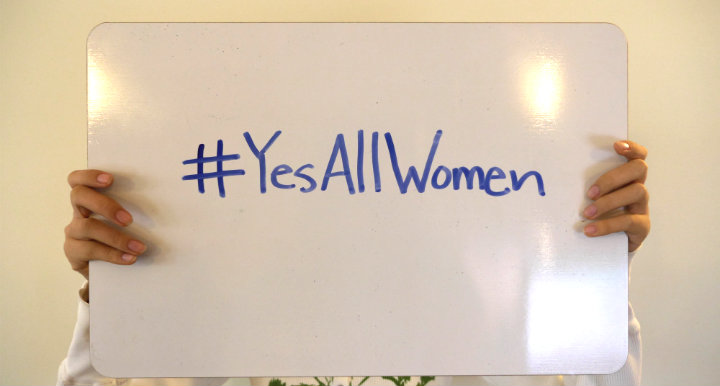It’s hard not to get excited about the work being done bringing health care into the digital age. Mobiles have the potential to increase efficiency at nearly every step of health care provision. These efficiencies aren’t hypothesized—waiting to develop given improvements in technology or infrastructure—they’re being realized right now in clinics and health systems around the world.
Imagine two clinics in rural areas, Community Health Workers (CHW) in one are overburdened searching through paper records to identify previous drug treatment regimens, unable to confirm children with diarrhea are receiving oral re-hydration salts, travelling hours carrying blood samples and results back and forth from the nearest hospital where tests can be preformed.
 The other clinic, also without Internet access, at one point acquired FrontlineSMS:Medic’s Patient View software. Now, patient medical records can be quickly updated and searched. Previous treatment histories are available and the CHW can know how to prevent further drug resistance from developing. Test results would be reported instantaneously, saving hours of travel and thousands of dollars of fuel costs. Mothers of sick children, or the nearest CHW, could be reminded by SMS to use ORS. FrontlineSMS founder Ken Banks at the Thinking Digital conference described the case of a nurse travelling all day to give a vaccine to a patient who had died days earlier. After the first six months of implementation, Medic had saved the clinic $3,500 in fuel costs alone. With these benefits available at an incredibly low cost using nearly universal technology, Patient View is the ideal of an appropriately designed m-health solution.
The other clinic, also without Internet access, at one point acquired FrontlineSMS:Medic’s Patient View software. Now, patient medical records can be quickly updated and searched. Previous treatment histories are available and the CHW can know how to prevent further drug resistance from developing. Test results would be reported instantaneously, saving hours of travel and thousands of dollars of fuel costs. Mothers of sick children, or the nearest CHW, could be reminded by SMS to use ORS. FrontlineSMS founder Ken Banks at the Thinking Digital conference described the case of a nurse travelling all day to give a vaccine to a patient who had died days earlier. After the first six months of implementation, Medic had saved the clinic $3,500 in fuel costs alone. With these benefits available at an incredibly low cost using nearly universal technology, Patient View is the ideal of an appropriately designed m-health solution.
The Sana Mobile strategy relies on the more sophisticated Google Android smartphone operating system, while still using the open medical record formats associated with OpenMRS. Like Patient View, Sana allows a CHW to input patient responses into the mobile, however using a smartphone gives Sana the additional functionality of adding audio recordings (for example heartbeats recorded through a stethoscope) or photos of symptoms. A remote doctor can then examine the information and report back to the CHW what treatment should be pursued. The important thing is that both Sana and Medic are built on an open framework so health systems have the ability to choose a solution that most accurately fits their operational capacity.
Medic is also working to realize an innovative diagnostics tool called CelloPhone that when attached to a cameraphone could perform a blood count or even identify malaria and tuberculosis infections. Developed by Professor Aydogan Ozcan’s Group at UCLA, the CelloPhone keeps costs down by eliminating the need for lenses and instead images “micro-scale shadows (or transmission holograms) [which] contain an extremely rich source of quantified information regarding the spatial features of the micro-object of interest. “ A CHW with a CelloPhone would be able to upload the image for analysis and receive the diagnosis all within a matter of minutes.
Incorporating medical information into mobile platforms is clearly a game changer in health care provision. Even in modern hospitals misfiled information results in accidents, these mobile solutions now being implemented are one more example of the technological leap frog being played out by development entrepreneurs across the developing world.
Photo Courtesy Sana Mobile



